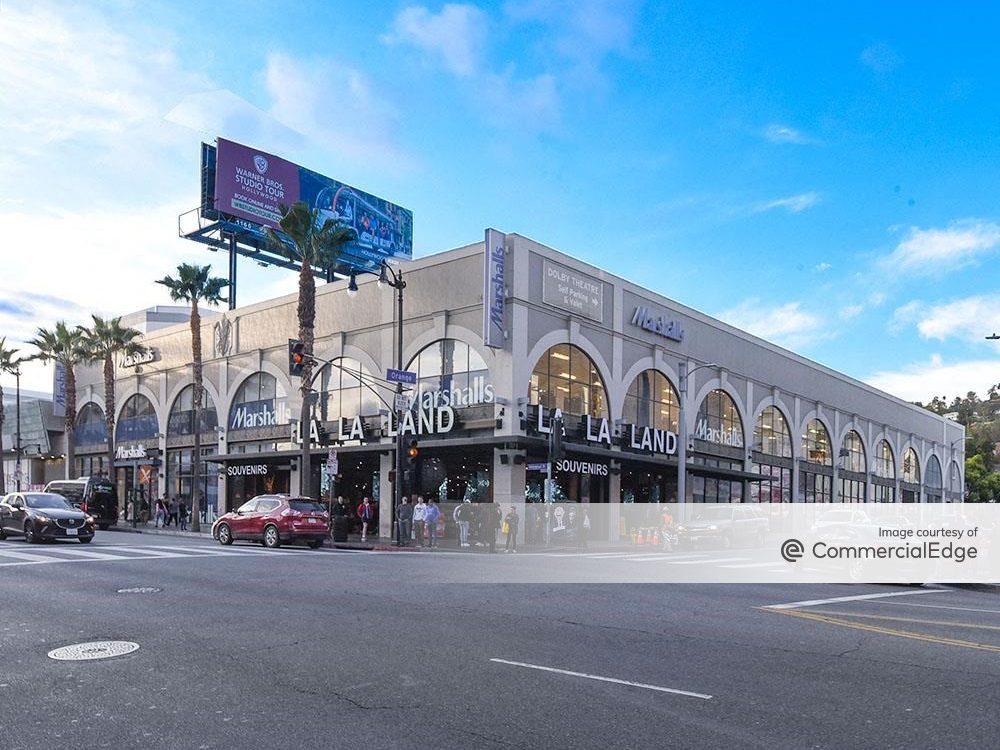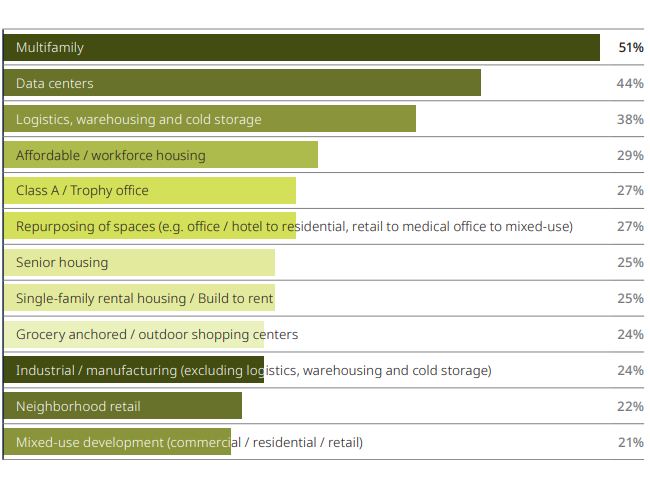How a Still-Liquid Market Is Helping CRE Weather the Storm
There is more capital in the market than there was during the Great Financial Crisis, but it's not business as usual, notes JLL's Kevin MacKenzie.

Kevin MacKenzie
The first half of 2020 was an unprecedented time for the world, and capital markets were no exception. Starting in March, we witnessed prolonged shutdowns that impacted U.S. commercial real estate transactions, with delayed launches, elongated timelines, and some assets being taken off the market. Unlike the Great Financial Crisis of 2008-2010, capital availability, or liquidity, has not been an issue. But portfolio management, transparency around valuation, underwriting uncertainty, credit market volatility, pricing discovery and human resource constraints have all been headwinds to lending during this time.
Despite the challenges, our market entered this cycle with unprecedented levels of capital and liquidity, as evidenced by the $196 billion in the closed-end fund space, more than double the level in 2008. Additionally, many pension plans have flexibility bands within their allocations to real estate, which is mitigating any potential denominator effect, and most lenders have remained open for business for the right opportunities.
Lending activity continues to evolve, but there is ample liquidity among the majority of lenders, including insurance companies, regional and local banks, some national banks, the agencies and certain debt funds. CMBS also started to price deals again in May, with significant compression in spreads occurring in the past 30 to 60 days. The stabilizing trends, together with a 1.00 percent to 1.50 percent decline in the benchmark interest rates have made all-in borrowing rates highly competitive again, achieving pre-COVID-19 pricing levels, in some cases. It’s important to note that the lender universe was diverse before COVID-19, with the agencies, insurance companies and banks making up approximately 75 percent of the debt market versus only 40 percent before the Great Recession of 2008-2010.
Life companies and agencies were the most active through the first half of 2020, followed by select bank and debt fund activity. On the defensive side, lenders are monitoring portfolios, fielding borrower requests, generally being thoughtful about allowing tenant rent relief, and are permitting forbearance for 90 days where a real need or cause is exhibited. Many are concerned with retail—how it will come back and how retailers will be able to serve the changing habits of the U.S. consumer.
Relationships Are Critical
For offensive plays, there is plenty of liquidity, which was utilized to buy corporate, secondary CMBS and collateralized loan obligation portfolios during the brief period of distress in March and early April. Since then, lending activity has been mostly focused on apartments and industrial assets, with insurance companies providing fixed rates in the 2.75 percent to 3.50 percent range for 10-year fixed (down from 4.00 percent to 4.25 percent-plus in mid-March), and agencies pegged between 2.50 percent and 2.90 percent currently for fixed or floating (on initial rate). It’s important to note that these current all-in borrowing rates are very similar, or in some cases lower than pre-COVID-19 rates at the same time last year. Furthermore, with anything you need to accomplish in the current capital markets environment, having the right relationships is critical when accessing lenders.
Leveraged lenders, including debt funds and mortgage REITs, came under significant pressure in mid-March, as they experienced challenges accessing their various leverage options such as A-note, repo and CLO markets. This, along with some mark-to-market issues, created some forced selling of loans or paper on their books at discounts, including secondary market (“legacy”) CMBS paper, which saw AAA spreads move out to 350-plus basis points. That trade quickly subsided with the shoring up of liquidity that ensued and the introduction of the Term Asset-Backed Securities Loan Facility 2.0 program working together to quickly reduce credit spreads. Currently, AAA spreads are now trading back down in the 115-120 basis-point range for secondary and new issue paper.
Construction lending remains challenged with less liquidity and an elevated cost of capital, given the pressure and constraints on the major domestic banks, and the challenges in the leveraged lending space. However, we have been able to capitalize select projects largely in the most defensive asset classes, via regional banks, insurance companies, foreign banks and select debt funds or advisers. The larger domestic banks have also started to reemerge recently for the right projects.
As it relates to specific property sectors, hospitality and retail have been the most impacted. In hotels, the luxury (non-resort) business and upper-scale segments are sustaining the most severe impacts, with extended stay maintaining better occupancy levels, but still down significantly. Essential retail including grocery and drug-anchored centers with limited shop space, are the least impacted, with necessity-based retailers seeing strong sales volumes.
During the first half of 2020, lenders continued to target multi-housing, industrial, select office assets with longer weighted average lease terms, net lease with strong credits, grocery/drug retail and life science/medical assets. There has been ample debt capital for the right opportunities, but underwriting has been more conservative in terms of rent growth and leasing velocity, typically resulting in lower leverage versus pre-COVID-19 levels. In select cases, reserves are also being structured for any short-term collection challenges.
As we look forward to the second half of 2020, we expect to see the need for more capital events at the asset level, translating to a ramp-up in transaction activity, as borrowing rates continue to be attractive, forbearance periods come to a close, and states continue to reopen and resume pre-COVID-19 activities.
Kevin MacKenzie is an executive managing director with JLL.







You must be logged in to post a comment.